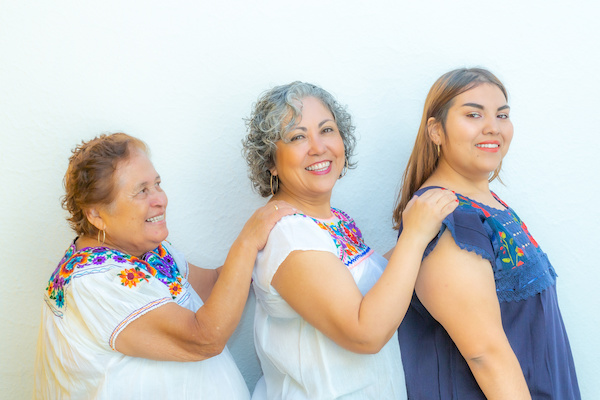
New Brunswick, N.J., October 1, 2022 – Breast cancer is the second most common type of cancer in women after skin cancer, according to the American Cancer Society. While there are more options for women diagnosed with breast cancer now more than ever as a result of advances in research and targeted therapies, outcomes vary among women of different races and ethnicities, including people within the Latina and Hispanic community. Gerardo Capo, MD, medical oncologist at Rutgers Cancer Institute of New Jersey, the state’s leading cancer center and only National Cancer Institute-Designated Comprehensive Cancer Center, who sees patients at Trinitas Regional Medical Center, an RWJBarnabas Health facility, shares more about what the Hispanic/Latina community should know about the disease.
How are Hispanic/Latina women impacted by breast cancer?
According to the 2021-2023 edition of the American Cancer Society’s Cancer Facts and Figures for Hispanic/Latino People, an estimated 28,100 breast cancer cases and 3,100 deaths are expected to occur among Hispanic women this year. Hispanic/Latina women are 30 percent less likely to be diagnosed with breast cancer than non-Hispanic white women, however, breast cancer in Latinas and Hispanic women may remain undiagnosed until later stages when it is more challenging to treat.
Why are Hispanic/Latina women in the U.S. diagnosed at a later stage?
There are many reasons why Hispanic/Latina women in the U.S. are diagnosed at a later stage. These might include lack of awareness of breast cancer risks and screening methods as well as financial barriers. Cultural and language barriers may also influence behaviors, beliefs about illness and approaches to medical care.
What do you think Hispanic/Latina women need to know about breast cancer?
If you are a Hispanic/Latina woman, understanding the signs of breast cancer and how breast cancer affects those with your background could help save your life. Symptoms may include a lump or thickening in or near the breast or in the underarm area, change in the size or shape of the breast, or tenderness. Other symptoms include nipple discharge or the nipple pulled back into the breast, or a change in the way the skin of the breast, areola, or nipple looks or feels (warm, swollen, red, or scaly). Hispanic/Latina women should also know that the most effective screening tool for breast cancer is a mammogram. This method of screening can detect breast cancer before there are any signs or symptoms. According to the American Cancer Society, it is recommended that women ages 45 to 54 at average risk for developing breast cancer should have a mammogram annually.
Are clinical trials an option for Hispanic/Latina women?
Yes. Ensuring people from diverse backgrounds participate in clinical trials is key to advancing health equity. Learn more about open clinical trials at Rutgers Cancer Institute.
The Latino Advisory Council at Rutgers Cancer Institute serves to assist in the promotion of equitable health and economic wellbeing of our community and helps ensure that values and cultural differences among persons and communities are respected.
###
For journalists – contact:
Krista Didzbalis
Media Relations Assistant
732-507-8307
krista.didzbalis@rutgers.edu
For patient appointments/inquiries – contact:
844-CANCERNJ (844-226-2376)

